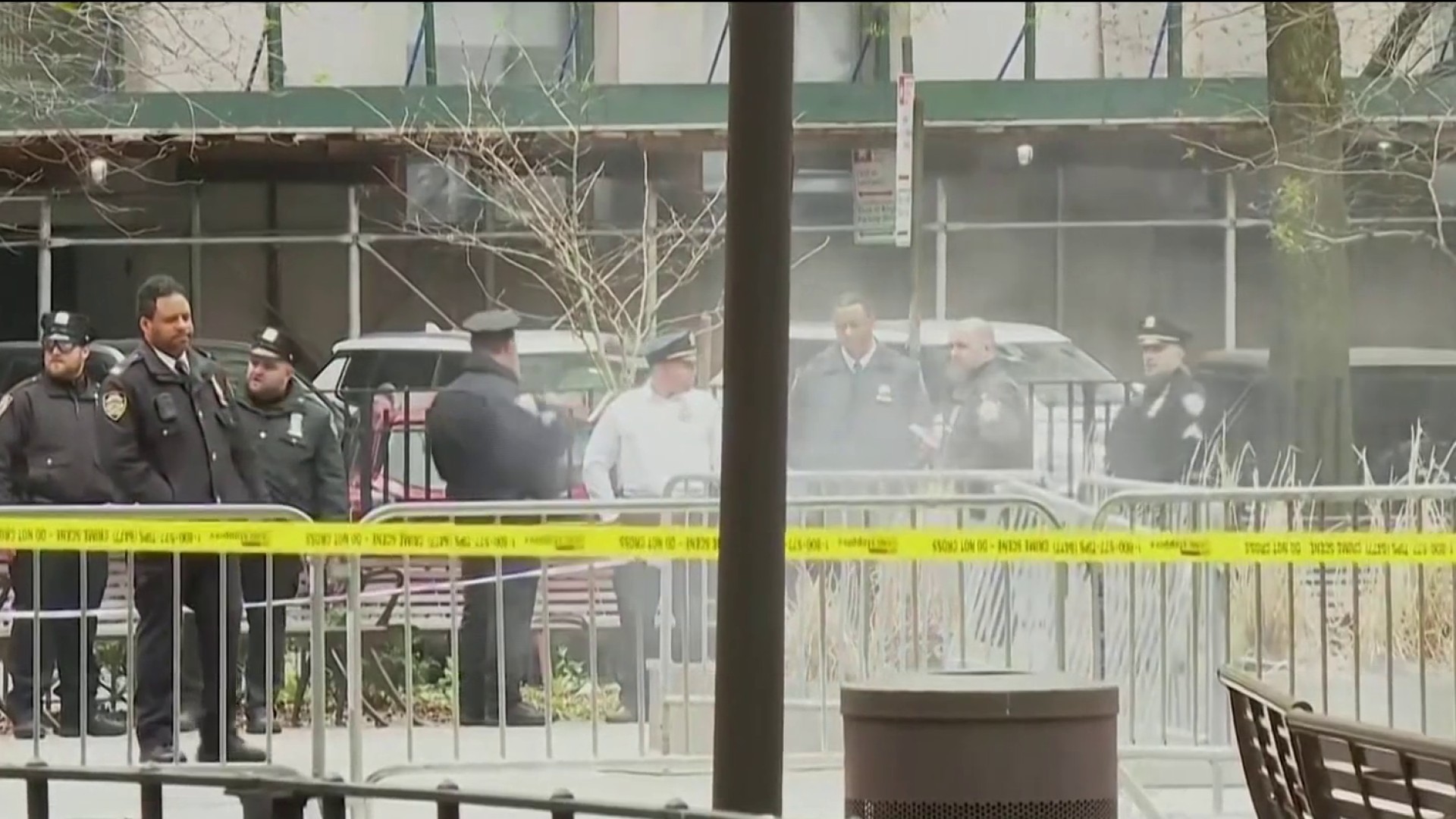NEW YORK — Wall Street's mid-March rally is on hold, but the Dow Jones industrial average still managed its first two-week gain in close to a year.
After starting Friday mixed, stocks veered lower in the afternoon as financial shares fell and investors collected profits from the advance that saw the Dow rise 14 percent over seven trading days. One reason for the market's pause after such a big surge: It ran out of upbeat economic and corporate news the past two days.
The major indexes did eke out a gain for the week. The Fed jolted the market this week with an announcement of plans to buy hundreds of billions of dollars worth of debt securities in hopes of reviving lending. Stocks initially jumped on Wednesday when the plans were announced but then fell Thursday and Friday as investors became concerned that the huge injection of money into the economy could cause inflation.
Other markets had a tumultuous week as well. In just two days, the dollar fell 5 percent versus the euro and 3 percent versus the yen. Oil prices soared 7 percent Thursday above $51 a barrel to the highest level this year.
Many analysts believe stocks were due for retrenchment.
"You get a run-up like that you're going to get a pullback," said Doreen Mogavero, president of the brokerage Mogavero, Lee & Co.
The stock market began to rally off of 12-year lows two weeks ago after several banks reported they were profitable in January and February. Even after a two-day retreat, Dow was still up 11 percent from its lows, and the Standard & Poor's 500 index was up nearly 14 percent.
U.S. & World
The question is whether there will be enough good news in the coming days to keep stocks rising.
Michael Binger, portfolio manager at Thrivent Investment Management in Minneapolis, said the market's overall move is signaling that the economy is hitting bottom. He said it shouldn't be too difficult for stocks to resume their climb because expectations have fallen so low.
"I think the stock market is saying that fourth quarter of 2008 and first quarter of 2009 may be the trough in negative news," he said.
The Dow fell 122.42, or 1.7 percent, to 7,278.38.
Broader stock indicators also lost ground. The S&P 500 index fell 15.50, or 2 percent, to 768.54, and the Nasdaq composite index fell 26.21, or 1.8 percent, to 1,457.27.
The Russell 2000 index of smaller companies fell 13.15, or 3.2 percent, to 400.11.
Declining issues outnumbered advancers by about 3 to 1 on the New York Stock Exchange. Volume came to a heavy 2.5 billion shares as various types of options contracts expired, adding to trading levels.
For the week, the Dow rose 0.8 percent, its first back-to-back weekly increase since the period ended May 2, 2008.
The S&P rose 1.6 percent; it logged slight gains for two weeks in a row in December. The Nasdaq added 1.8 percent for the week.
Bill Stone, chief investment strategist at PNC Wealth Management, said a drop in financials wasn't surprising because they had jumped 60 percent from their lows in such a short time. "We had gone from way oversold to slightly overbought," he said.
Stone said investors' desire to lock in some profits as a rally gets going is typical of a bear market. Bear markets are generally defined as a fall of at least 20 percent from a peak.
Bond prices slipped. The yield on the benchmark 10-year Treasury note, which moves opposite its price, rose to 2.65 percent from 2.60 percent late Thursday. The yield on the three-month T-bill rose to 0.21 percent from 0.18 percent.
The dollar was mixed against other major currencies. Gold prices slipped.
Analysts have remained cautious about the market's rally, having seen other big advances crumble in the past year. From late November until early January stocks rose 20 percent only to fall to new lows as fears grew about the health of the nation's biggest banks and prospects for the economy.
Market veterans say some skepticism among investors is healthy. They are reassured by the step-stool approach the market has shown in recent weeks as big gains are followed by more modest moves. That gives traders time to make more reasoned assessments without simply diving into a market for fear of missing a big rally.
Investors also expect some money managers to do some buying with the March 31 end to the first quarter approaching. Stock prices are still since as very cheap; the major indexes are still down by about half from their highs in October 2007.
Still, there are plenty of analysts who say the underpinnings of the economy remain too weak to justify a sustained recovery. The unemployment rate stands at 8.1 percent, its highest level since the wrenching recession of the early 1980s, and businesses and consumers are struggling to pay down debt. Many consumers who aren't hurting are still cutting back, fanning worries that the economy will only continue to shrink.
"All of these bounces in the last two years have run on emotion and this one has been no different," said Brian F. Reynolds, chief market strategist at WJB Capital Group.
Reynolds contends the sharp rallies after heavy bouts of selling trick investors into believing a recovery is at hand. "We bounce so hard off the bottom for these rallies that it just sucks people in because they want to believe," he said.
Some investors have still bought into the latest rally. As of midweek, investors had funneled $12 billion over the prior seven days into mutual funds that focus on U.S. stocks. That compares with $14.3 billion they pulled from these funds a week earlier, according to TrimTabs Investment Research.
Overseas, Britain's FTSE 100 rose 0.7 percent, Germany's DAX index rose 0.6 percent, and France's CAC-40 rose 0.5 percent. Japan's stock market was closed for a holiday.



